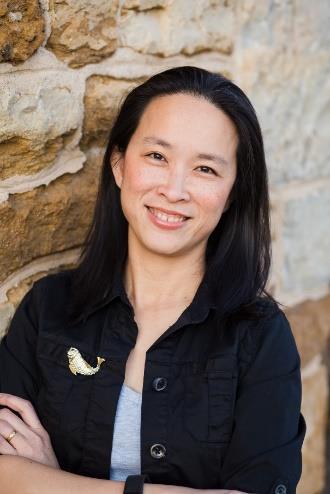
4 minute read
Self-reflection? Have You Seen My Schedule? Reframing Self-reflection for the Busy Teacher
Teacher Talk Column by Ms. Sarah Tham
Self-reflection? Have You Seen My Schedule? Reframing Self-reflection for the Busy Teacher
Advertisement
Teachers understand that self-reflection is an important skill to learn and practice. Selfreflection at its basic form has been described as “the inspection and evaluation of one’s thoughts, feelings and behavior” (Grant, Franklin, & Langford, 2002, p. 821). Generally, selfreflection involves a framework which guides teachers to think about certain aspects of their learning, instruction and professional development. By fostering reflection, teachers are better equipped to know which best practices to carry out but also why to do it. However, as student teachers progress into full-fledged teachers, many face challenges in keeping up with selfreflection as more and more demands are put on their time. How can teachers incorporate this important activity in their professional day? Korthagen’s (1985) ALACT model of self-reflection is systematic and structured. It helps teachers to reach insights into self and practice, and supports the implementation of positive changes in their instructional practice. The ALACT model is built on the assumption that by nature teachers reflect on their experiences, but that systematic reflection may lead to more effective instructional practices. Self-reflection using the ALACT model is continuous and may span over time depending on you and what you hope to achieve. So your self-reflection can happen over a period of time and you won’t feel rushed trying to get every phase covered as soon as possible.
Phase 1: Action –What do you wish to reflect on? Was there a situation that stood out in your day? Was I directly involved in the situation? What did I do? What was the result of my action?
Phase 2: Looking back- What exactly happened? What are the details? Did I see anything? Did I do anything? What was I thinking? How did I feel?
Phase 3: Awareness of the essential aspects- What is the significance of the issue? What does my actions mean to me? What aspects in myself are preventing me from positive action?
What can I learn from it moving forward? What positive changes can I make? What discoveries about myself can I identify?
Phase 4: Creating alternatives- What can you try out and test in the classroom? How can I affect change in my actions and classroom? What alternative methods do I see working based on what I know about myself and my classroom? What are the pros and cons of each alternative? What will I remember for next time?
Phase 5: Trial phase-What alternative actions are you going to actually carry out? Is there something specific I want to see happen? Should I look out for anything specific? Do I understand what I am seeing?
Then the cycle continues. Self-reflection has been described as an iterative process involving “repeated cycles of examining practice, adjusting practice and reflecting upon it, before trying it again” (Grushka, McLeod, & Reynolds, 2005, p. 239), rather than a one-time event. ALACT can help busy teachers incorporate self-reflection into their busy schedules as it allows teachers to work through something over an extended period. Often teachers do not realize that they are already doing some form or part of the ALACT phases. As a busy teacher, spreading out the ALACT reflection process helps teacher gather better information that can better inform their decisions. Not only will self-reflection help teachers make good decisions in the classroom but Korthagen (1985) argued that a key element of reflection is making one’s concrete experience explicit, looking at the experience from one’s frame of interpretation and adapting this frame to improve one’s performance. That means becoming a better teacher, person, and individual. There is so much to gain professionally and personally as teachers look at self-reflection, not as a dreaded task but a wonderful tool to have and use in their classrooms. Structured self-reflection makes it easier to work through. As a busy teacher, you decide what you want to focus on. Only you know the background and the essential aspects of yourself and your classroom. You are the best person to create alternatives that work for YOU. You are the one who understands your time limitations and the only person who can determine how your trial phase will look like. Self-reflection can be personalized for you.
Ms. Sarah Tham is a Doctoral Candidate at the University of Kansas, finishing up her dissertation on the America Reads program and self-reflection. She may be reached at sarahthamyuensan@yahoo.com

References Grant, A. M., Franklin, J., & Langford, P. (2002). The self-reflection and insight scale: A new measure of private self-consciousness. Social Behavior and Personality: an international journal, 30(8), 821-835. Grushka, K., McLeod, J. H., & Reynolds, R. (2005). Reflecting upon reflection: Theory and practice in one Australian university teacher education program. Reflective Practice, 6(2), 239-246. Korthagen, F. A. (1985). Reflective teaching and preservice teacher education in the Netherlands. Journal of teacher education, 36(5), 11-15.










